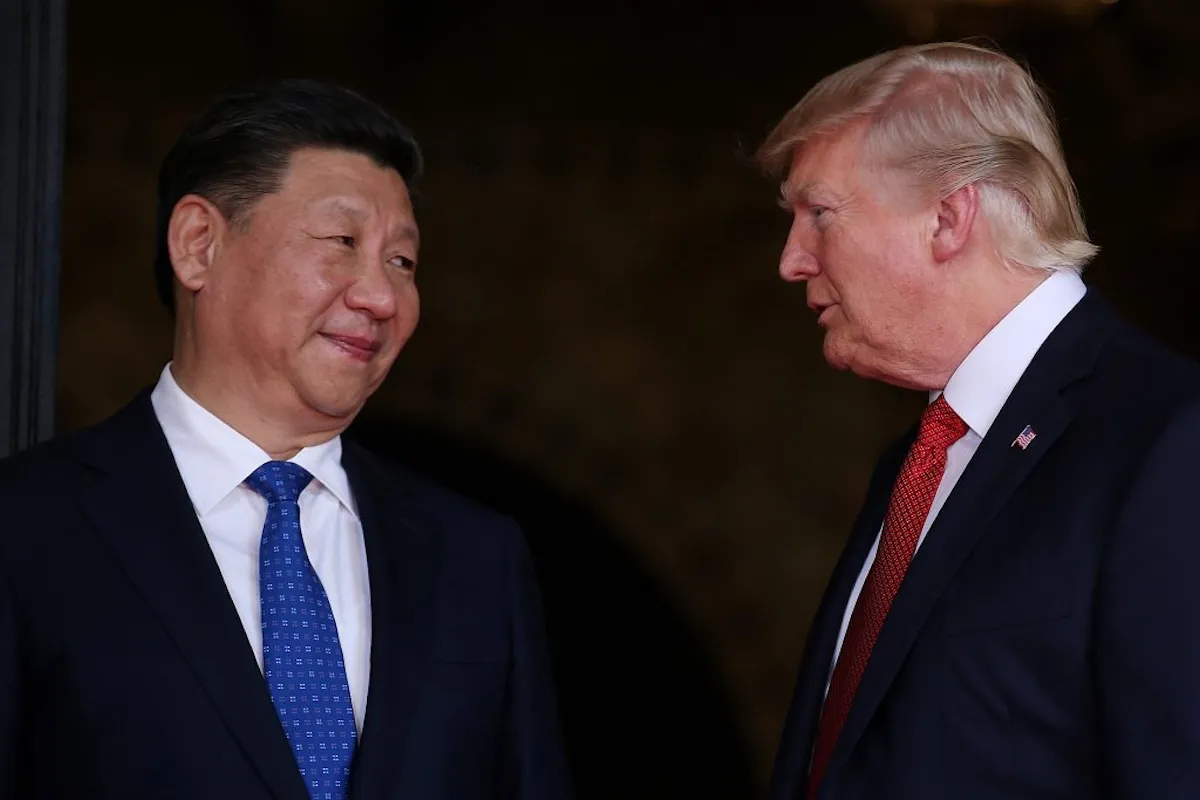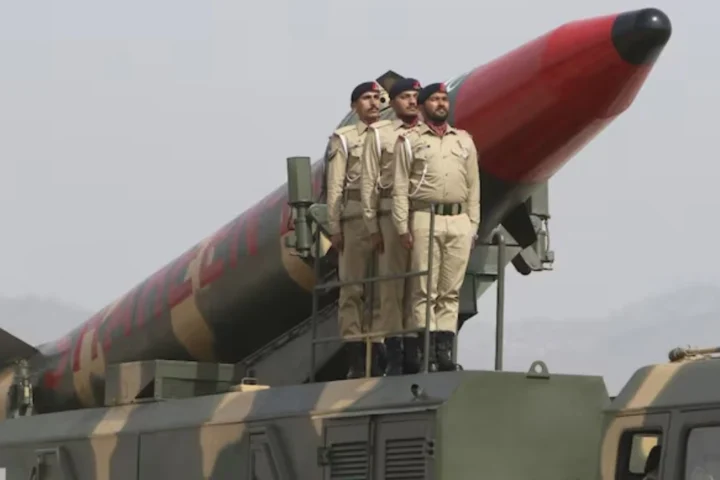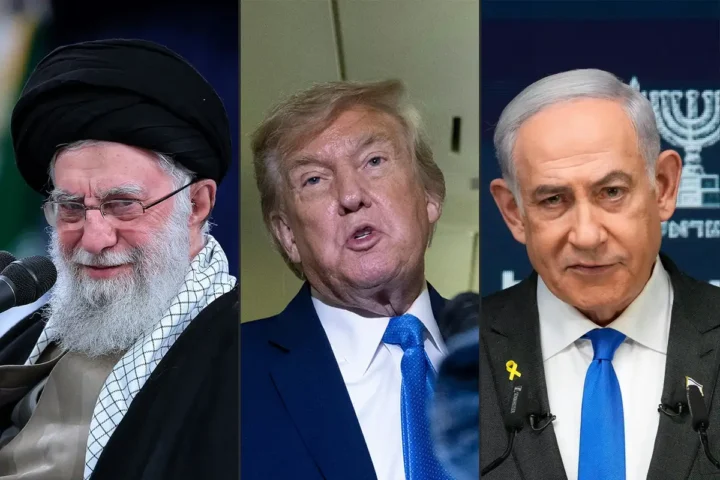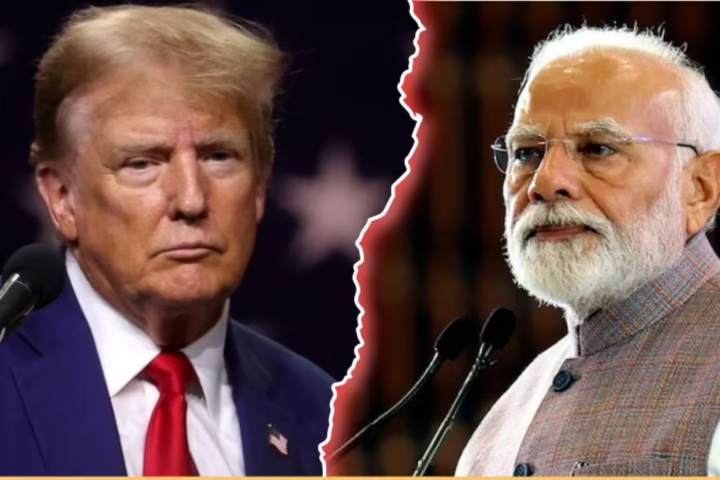US President Donald Trump announced a 90-day pause on increased tariffs for most of the United States’ trading partners — while raising tariffs on Chinese imports to an unprecedented 125%. The move underscores rising tensions between Washington and Beijing, even as global economic concerns mount.
The decision came just 13 hours after high duties had taken effect on 56 countries and the European Union, sparking market volatility and fears of a potential global recession. The reversal appears to be a response to mounting pressure from American business leaders and investors, who warned of severe economic fallout.
Addressing reporters at the White House, Trump said, “I thought that people were jumping a little bit out of line. They were getting a little bit yippy, a little bit afraid. No other president would have done what I did. Somebody had to do it.”
A Targeted Escalation
While Trump temporarily halted tariff hikes on countries that signaled willingness to negotiate, he singled out China for what he described as its continued disregard for global trade norms.
“Based on the lack of respect that China has shown to the world’s markets, I am hereby raising the tariff charged to China by the United States of America to 125%, effective immediately,” Trump wrote on his social media platform, Truth Social.
He further stated, “At some point, hopefully in the near future, China will realize that the days of ripping off the U.S.A. and other countries is no longer sustainable or acceptable.”
The Timeline of Escalation
Since taking office in January 2025, Trump has steadily increased tariffs on Chinese goods. Here is how the confrontation has unfolded:
- The first two rounds of 10% each were met with restrained responses from Beijing.
- Last week, the US imposed an additional 34% tariff, prompting a proportional Chinese response.
- Trump then raised the rate by 50%, leading to a cumulative tariff of 104% on Chinese imports.
- China responded by increasing tariffs on US goods to 84%.
- In retaliation, Trump elevated the US tariff to 125% on Chinese imports.
Trump claimed that unlike other nations, China chose retaliation over negotiation, leaving the US with no choice but to escalate further.
Diplomatic and Economic Repercussions
In response to the tariff escalation, China’s Ministry of Culture and Tourism issued a public advisory warning citizens to reconsider travel to the United States due to “worsening China–US trade relations and security concerns.”
The advisory urged Chinese travelers to “carefully assess the risks” and proceed with caution when planning visits to the US.
Meanwhile, US markets, which had plummeted following the initial tariff hikes, rebounded sharply after Trump’s announcement of a pause for non-Chinese trade partners. Analysts attributed the recovery to a temporary easing of global trade tensions.
Interesting Read
U.S. Tariffs Risk Recession: JPMorgan CEO Recommends Stronger India Ties
Do not retaliate: Trump hits China with 125% tariffs, announces pause for others
Looking Ahead
As the trade war intensifies between the United States and China, questions remain over how long the two economic giants can continue escalating without broader economic consequences. Trump’s latest move, while appeasing domestic economic concerns for now, sets the stage for a prolonged confrontation with Beijing.
Both nations have so far shown little willingness to back down, and international observers warn that further escalation could destabilize global markets in the months ahead.







